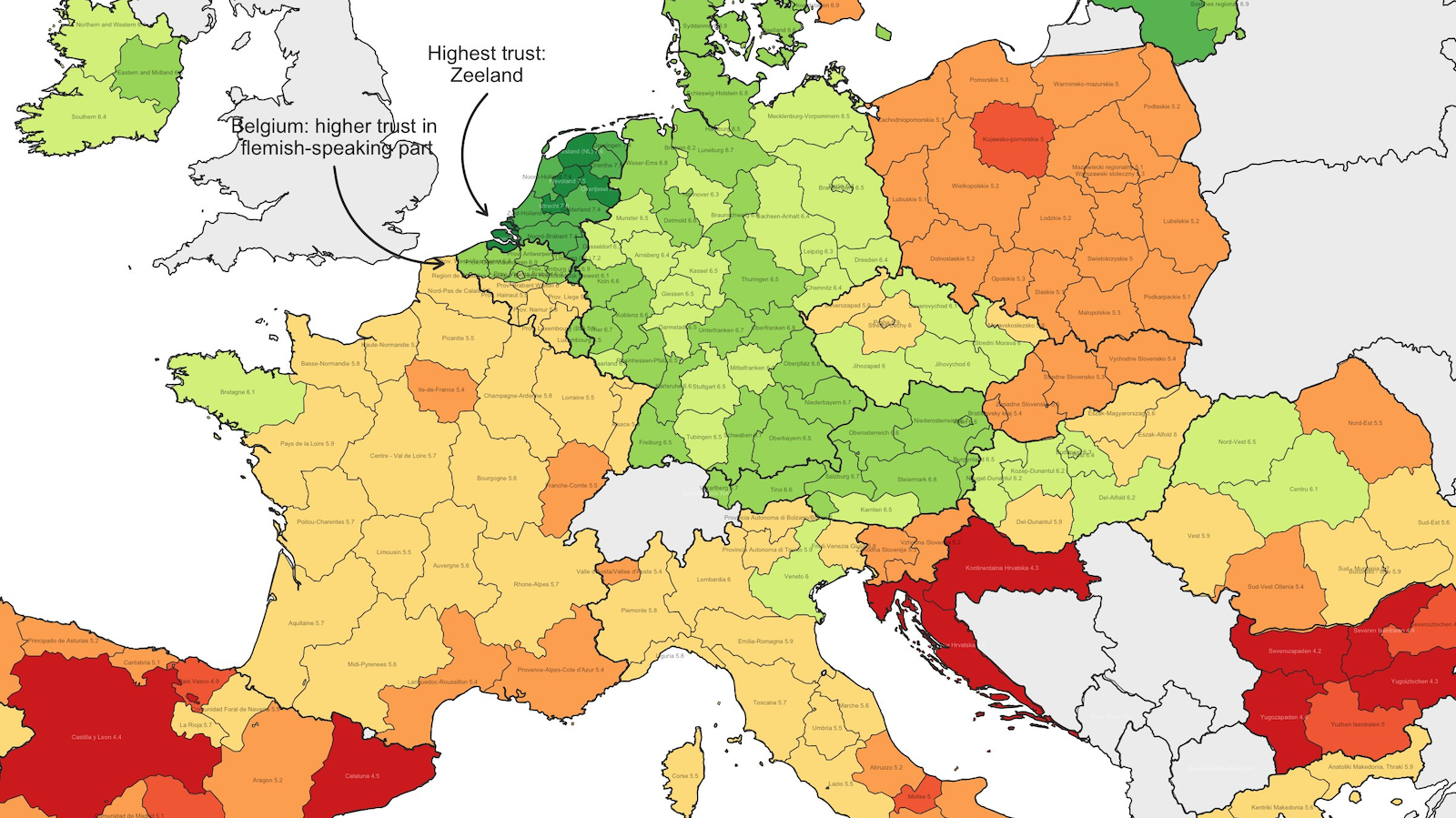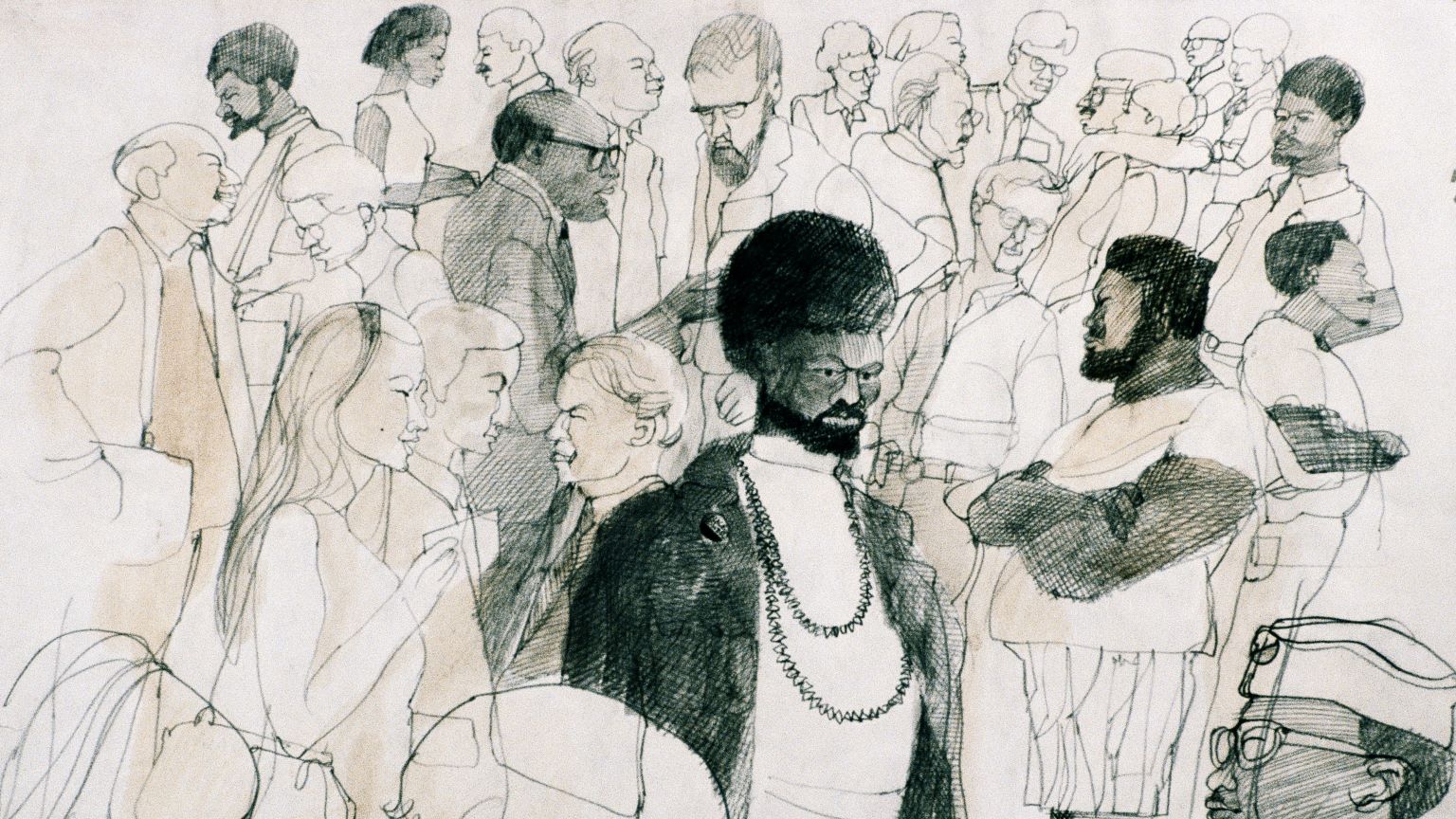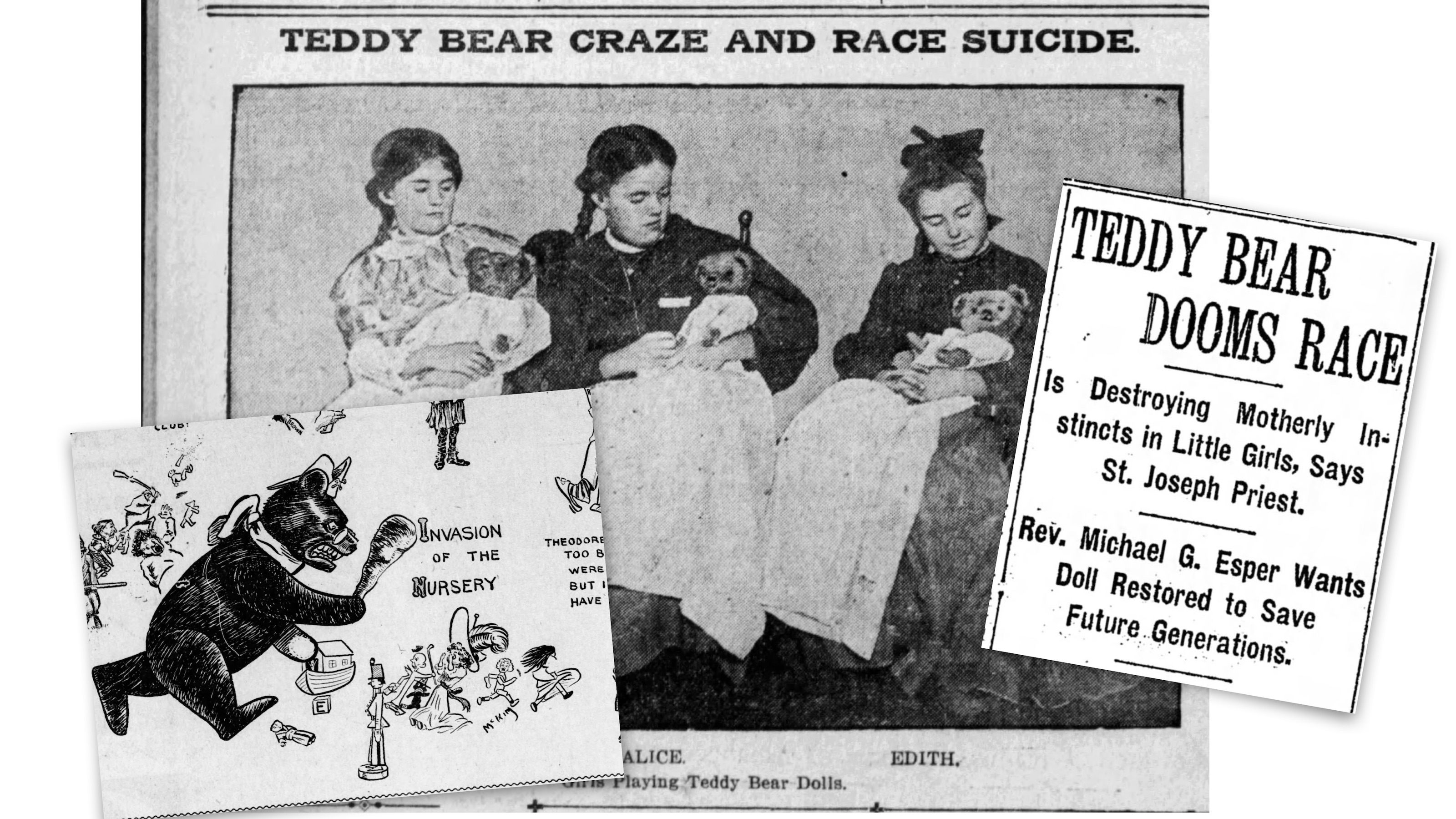Your “social location” shapes how you dream about the future

- Asking people what their dreams are — what things would they do or be if they could not fail — will always bring a variety of answers. No matter our age or our social context, everybody dreams.
- There are differences, though, in what people feel they can aspire to. The authors’ study showed that the culture within one’s social location can structure one’s imagination.
- Jiminy Cricket’s promise, “When you wish upon a star, makes no difference who you are. Anything your heart desires will come to you,” is not true for everybody.
Excerpted from DREAMS OF A LIFETIME: How Who We Are Shapes How We Imagine Our Future by Karen A. Cerulo and Janet M. Ruane. Copyright © 2022 by permission of Princeton University Press. Reprinted by permission.
I was in the car, running last-minute errands for the Christmas holiday, when I heard a radio talk show host pose this question: If you knew you could not fail, what would you do? The host encouraged listeners to call in with their answers and, almost immediately, the station’s phone lines lit up. Everyone had ideas to share: visions of fame and fortune, dreams about romance or happiness, healthy families, yearnings for exciting futures filled with adventure. People started sharing and I couldn’t stop listening.
Before long, I began to quiz myself: If you knew you couldn’t fail, what would you do? My mind raced a bit. I’d write a bestselling novel or a hit Broadway musical—maybe I’d even appear in it! I’d be a prize-winning photographer or hard-hitting journalist—the kind who wins a Pulitzer Prize. Maybe I would start my own business—a chic restaurant, a designer floral shop, or perhaps I would train dogs; I always loved them. I could start a think tank and research issues impacting social justice policy. I was amazed. There seemed no shortage of possibilities. The list went on and on, all imaginings of things I had dreamed about at one time or another, though none matched the path my life had taken.
I found myself asking the question of more and more people. If you knew you couldn’t fail, what would you do? My coauthor responded, “I’d be the next Oprah…or maybe I’d become a lawyer, one internationally known for fighting social injustice. And, for sure, I would live in Cape May—right on the ocean!” A few days later, we posed the question to friends and relatives at the Christmas dinner table. Mom, still dreaming in her nineties, said, “I would become a lounge singer. I’ve always wanted to sing. I would just love doing that every night of the week.” Never too young to dream, our nephew, then ten years old, said, “I’d either be a soccer star or a famous computer game designer,” seeing both with equal appeal. More answers soon flowed from family and friends: “I’d have my own exclusive bed and breakfast,” “I would paint,” “be an inspirational speaker,” “run a PAC,” “be a major-league pitcher,” “I’d live at the shore,” “travel the world over and over,” “I’d be president of the United States.”
The dreams shared with us were often surprising, but one thing was certain. Everyone at the table had dreams, and they shared them easily and without hesitation. Even more striking was this: no one at the table was horribly sad or unhappy; they were not living a life of regret. In fact, many people said that, while they had dreams, they were also quite happy with their lives. Yet young or old, happy or sad, rich or just getting by, everyone was willing to consider a different, perhaps a loftier possibility. For those radio callers…for us…for our friends and relatives, dreaming seemed easy—in fact, it seemed to come naturally.
This experience got us thinking more and more about dreams. What does it mean to dream—to imagine your future possibilities? Does everyone do it no matter what their reality? And what do our dreams look like? Do they unfold in uniquely personal ways, or are they patterned, following some sort of cultural scripts or “lessons”? We wondered too: how do people’s dreams differ from age to age, from group to group, from context to context? Finally, do people ever fail to dream or simply stop dreaming? If so, why?
To pursue our analysis of dreams, we tapped a variety of data sources. Primarily, we used interviews and focus groups to talk about dreams with people of different social backgrounds—people with different pasts, presents, and futures. Economically speaking, we talked to people who were just getting by, who were up and coming, and those who were affluent and comfortable. We tapped different racial and gender groups—Asians, Blacks, Latinx, Multiracials, and Whites; men and women. We spoke to people at very different stages of life: people at the “starting line” (for us, third and fourth graders); people crossing thresholds that lead to adulthood—high-school seniors, and college juniors and seniors. We also talked to people who were closer to the “finish line”—retirees and other senior citizens. We talked to people at special turning points in life: newlyweds, new parents, and recent immigrants. We also talked to people facing serious hardships—poverty, homelessness, serious medical diagnoses, or unemployment.
In addition to talking to people, we looked at how dreams are represented in American popular culture. We combed through American public culture to identify the extensive storehouse of both positive and negative lessons, stories and images on dreaming.
Why study dreams, then? Because dreams provide us with a window; they give us a glimpse into a person’s essence, their identity and sense of self; they allow us to see what a person truly values. As Thoreau wrote, “Dreams are the touchtone of our character.” In dreaming, we can unveil a core of our being that we may not be willing (or able) to otherwise articulate. Certainly, some people will work toward making their dreams come true. But whether or not they do, the very content of their dreams tells us something important about where they see themselves and where they would like to be in the broader social landscape.
In addition to providing a glimpse into peoples’ essence, identity, or sense of self, our respondents’ dreams also told us something about the cultural lessons that saturate the different social locations in which individuals stand—i.e. their class, race, gender, age, and context in life. From a sociological perspective, our study showed that the culture within one’s social location comes to structure one’s very imagination. This is important, and of some concern, because, in essence, culture is building inequalities into the life of peoples’ minds even before their plans are made and their actions executed.
Most people understand that class, race, gender, age, and tragedy can create inequities in life’s opportunities. But we are told that, in dreaming, anything is possible. Can social location really invade our private imaginings of the future? We argue that it can, and in this book, we will show how one’s social location shapes the seemingly private life of our minds. We are all free to dream. Yet, we will show that our dreams are restricted in ways of which we are not fully aware. Our social location seeps into our mind’s eye, quietly influencing what and how we dream, whether we embrace dreaming or simply give up on it, whether we believe our dreams—whether realistic or fantastical—can come true, and whether we try to make them come true. So Jiminy Cricket’s promise, “When you wish upon a star, makes no difference who you are. Anything your heart desires will come to you,” may be true for some. But for others, it is a false promise. Given this, studying dreams provides a new avenue for a better understanding of inequality—inequality that is deep-seated in the mind and often precedes action or outcome.





